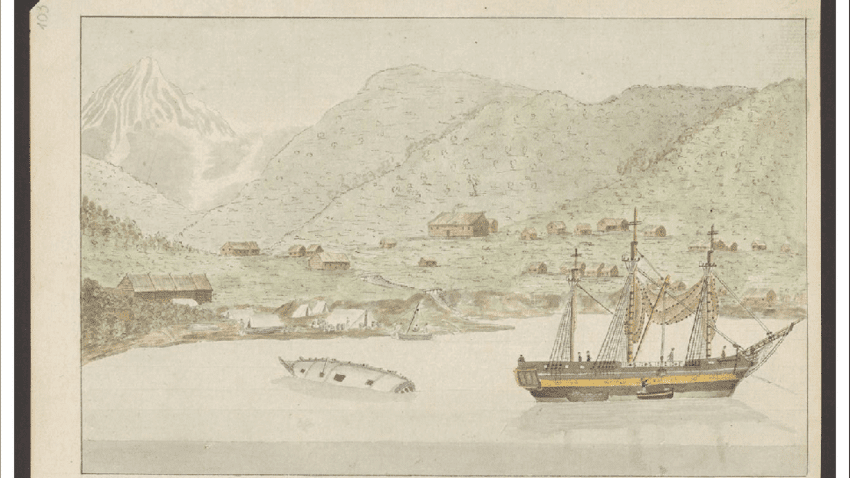It was Juan Sebastián Elcano and 17 others from the original crew of 260 who finally made it back to Sanlúcar, Spain in 1522, onboard the Nao Victoria. Enrique of Malacca, who was enslaved by de Magalhães, may have also circumnavigated first through several voyages.
More than two dozen expeditions later, Baltic Germans from Estonia were also sailing around the world, leading Imperial Russian expeditions. But at this point, expeditions had expanded in their intent. Diplomacy and financial gain were on the agenda, and scientific research took place, even if only incidental.
In 1806, the trip around the world was completed by Admiral Adam Johann von Krusenstern (born in 1770 at Hagudi Manor, Rapla County), together with Ukrainian naval officer Yuri Lisyansky (born in Nizhyn in 1773), paid for by the Russian-American company.
After departing from St. Petersburg on the 26th of August 1803, the route that von Krusenstern's ship (Nadezhda) and Lisyansky's ship (Neva) took tended to stay together. They went to Cornwall, Tenerife, Santa Catarina Island in Brazil, over to French Polynesia, and then Hawaii. From there, the Neva went to the Alaskan coast. The Nadezhda, on the other hand, went to the Kamchatka Peninsula in the North Pacific and to Japan. Von Krusentern and Lisyansky met again in Guangzhou, China, sailed between Java and Sumatra, and largely continued together back home through the Indian Ocean and around the Cape of Good Hope.
Become a subscriber to continue reading!
Every week we bring you news from the community and exclusive columns. We're relying on your support to keep going and invite you to subscribe.
Starting from $2.30 per week.




